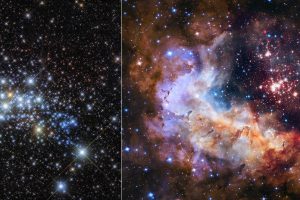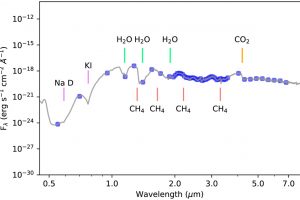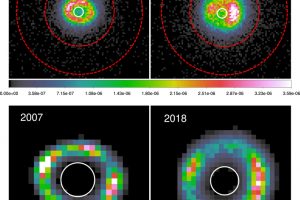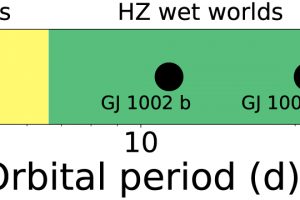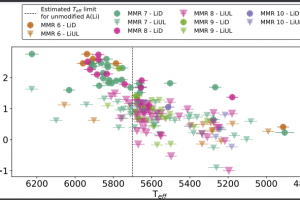A planet and a brown dwarf for TOI-179. The paper: “TOI-179: A young system with a transiting compact Neptune-mass planet and a low-mass companion in outer orbit” of S. Desidera (INAF – OAPd) appeared on A&A
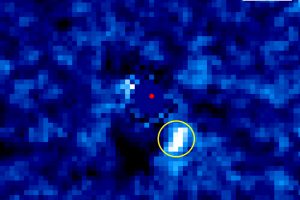
Typically, planets did not form at the distance from their central stars where we observe them today. In fact, during their early evolution, planets migrate from their initial orbit until the system reaches its final configuration. Planetary migration can be induced by several processes: the interaction between the newborn planets and the protoplanetary disk where they formed, the gravitational interaction
» Read more
